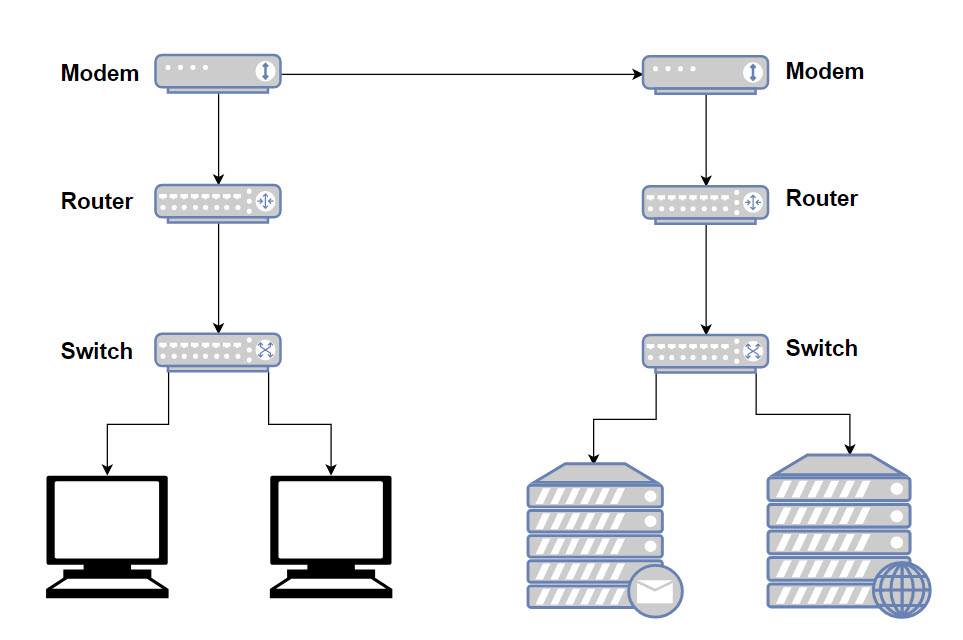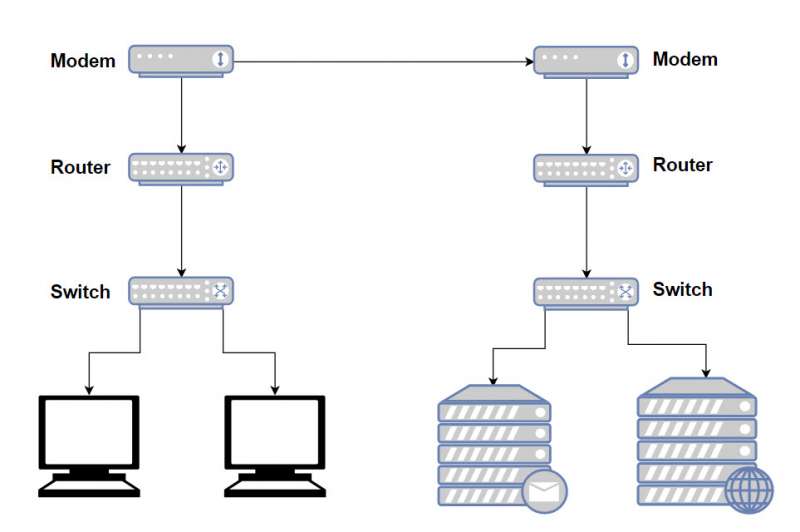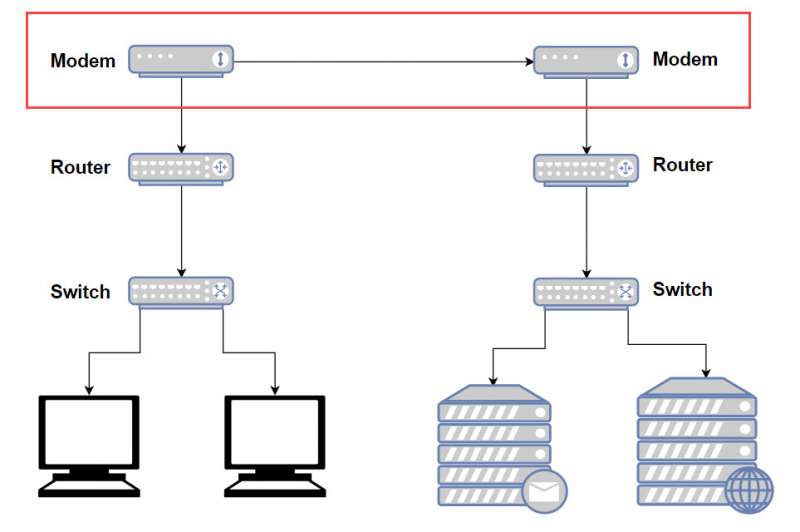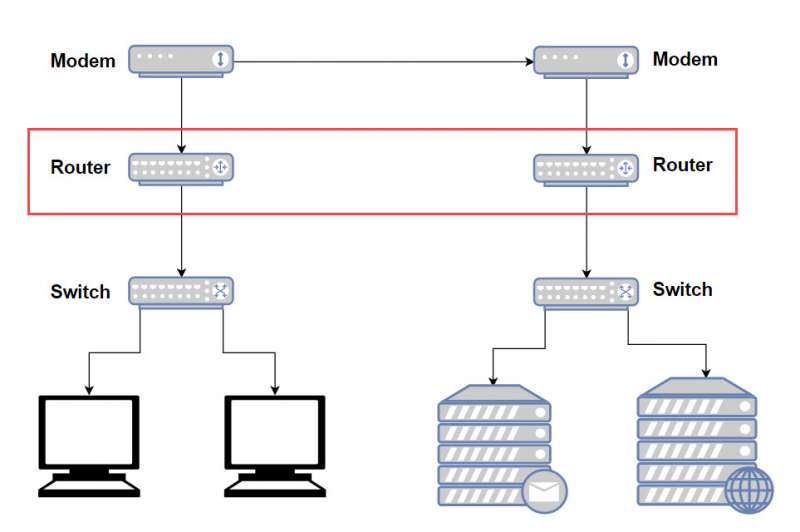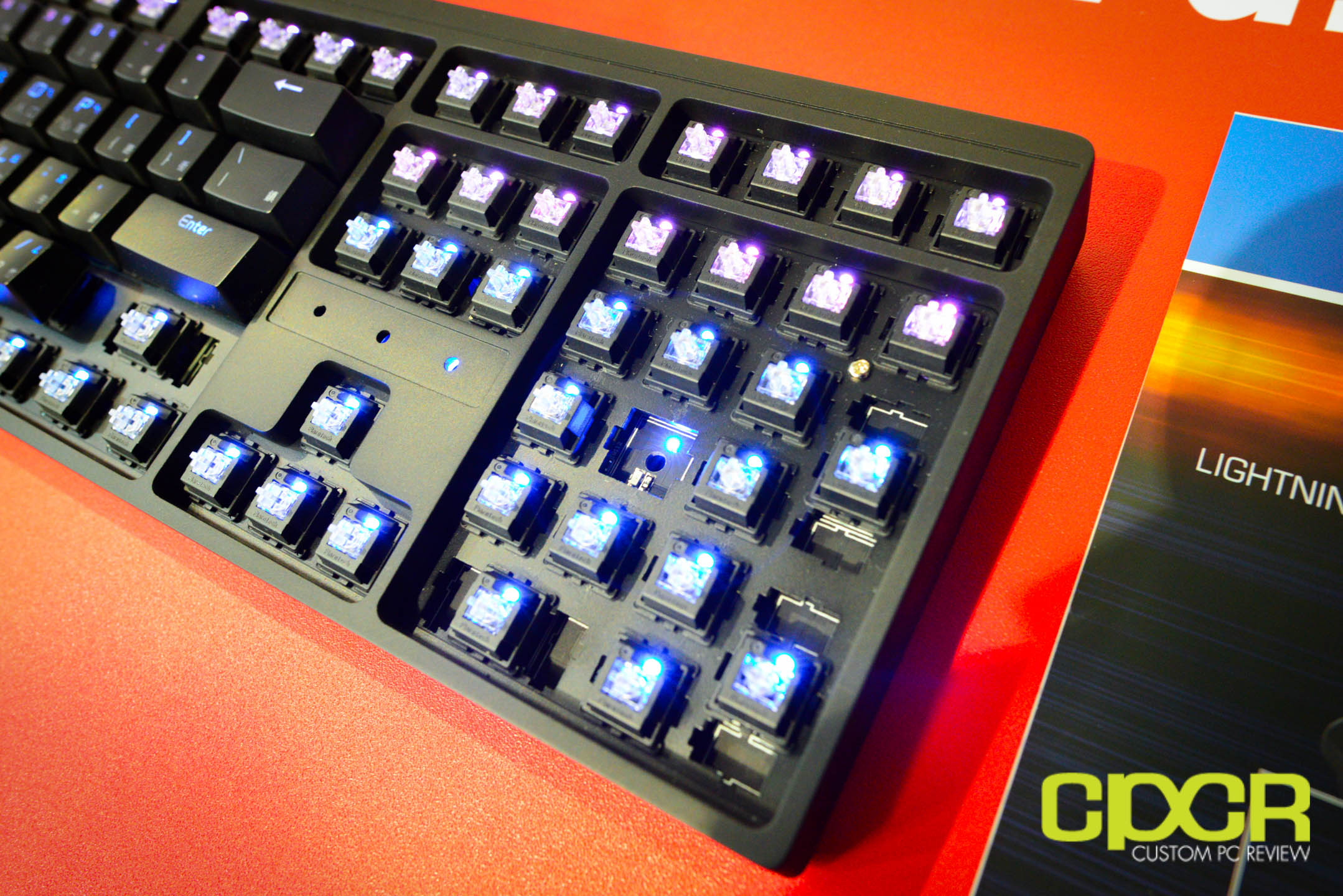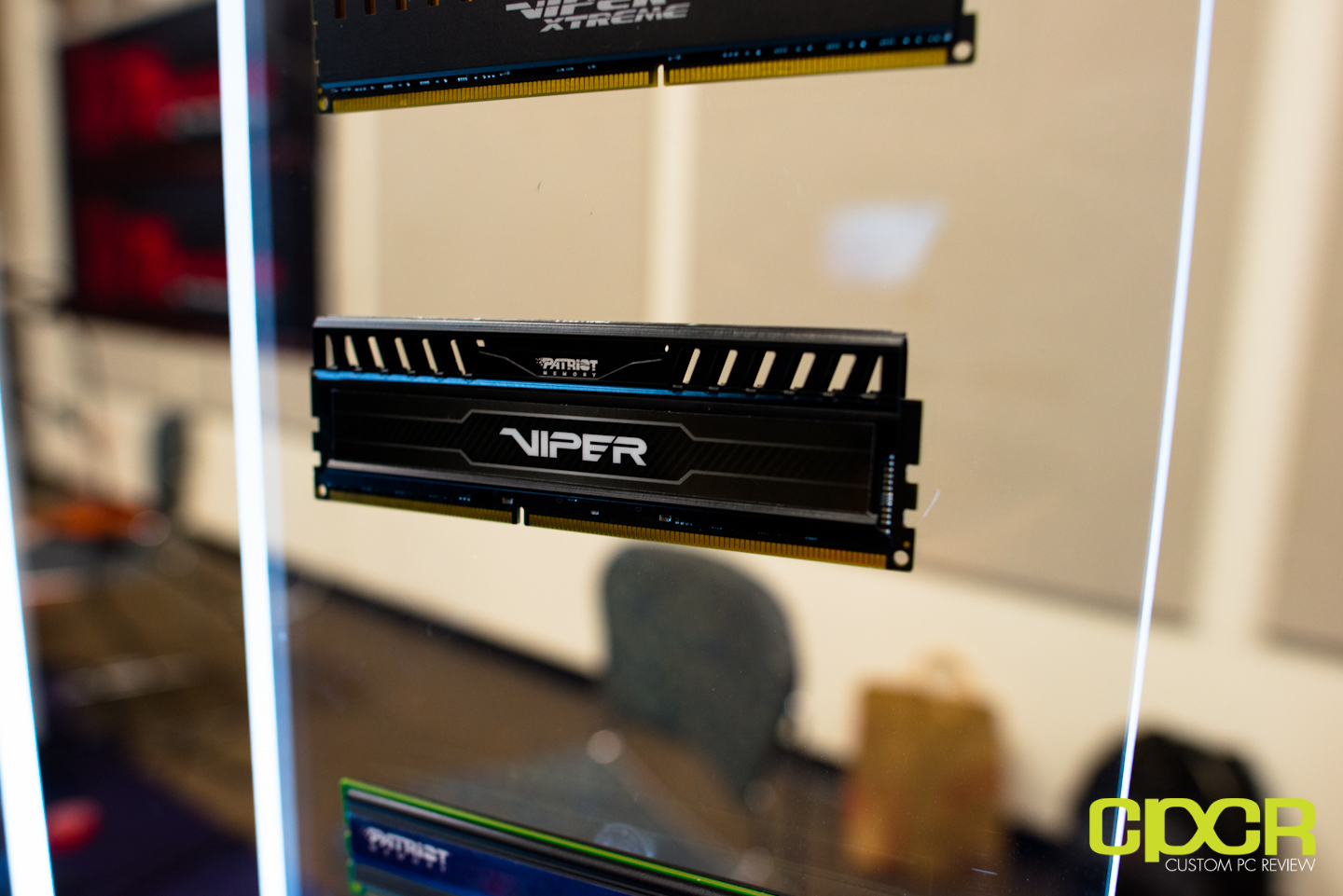In the computer networking world, the three most ubiquitous pieces of equipment are modems, routers, and switches. These are used everywhere from the datacenter hosting Google to the internet connection in your own home. However, despite how important these three pieces of equipment are, many people are completely oblivious as to what each piece of equipment does, so in this article, we’ll attempt to clarify the difference between the modem, router and switch, and how it all fits in your home network.
What is a Modem?
A modem is the short way of saying “modulator, demodulator”. The primary purpose of a modem when used in a home networking environment is to establish a connection between your home internet connection and your ISP.
Now you may ask, why is this necessary? Well, the reason why we need modems is because unlike a router or a switch, different types of modems can transmit and receive data on different types of physical connections. For example, a DSL modem is capable of transferring data over a standard copper telephone line, a cable modem is capable of transferring data over a coax cable line, a fiber modem is capable of transferring data over a fiber optic line, a satellite modem is capable of transferring data over a satellite connection, and well, you get the gist. Each type of modem is capable of transferring data over a different type of physical connection using a set of communications standards, or protocols, that it was designed to support.
Modem/Router Combo Devices
While many modems are simply just modems, there are many modems that are also modem/router combos which are not only capable of performing the duties of the modem, but are also capable of routing and switching as well.
In the case of the combo modem and router, the device actually contains a modem, router, switch, and wireless access point bundled into one. This makes it easy on the ISP as only a single device needs to be used to provide a customer’s home network with internet.
What is a Router?
A typical home router is designed to route data between different networks using IP, or Internet Protocol. Whereas a modem simply establishes a connection between your home network and your ISP, a router helps facilitate communications between your home’s network and the ISP’s network. This is why your computer’s IP address on your home network is different than the public IP address your ISP assigned you.
Typically, home routers also include built-in switches in order to provide the ability for multiple devices to be connected on the same network. Business or enterprise routers on the other hand may not include this functionality and requires a separate, standalone switch for this purpose.
What is a Switch?
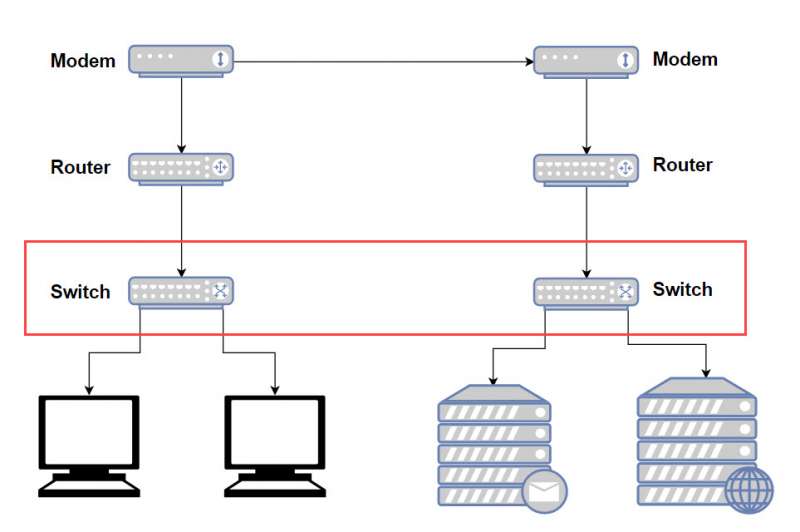 A switch is simply a device that connects multiple devices on the same network. Unlike a router which is capable of creating and routing between multiple networks, a switch is a device that’s designed only to facilitate communications for devices on the same network.
A switch is simply a device that connects multiple devices on the same network. Unlike a router which is capable of creating and routing between multiple networks, a switch is a device that’s designed only to facilitate communications for devices on the same network.

